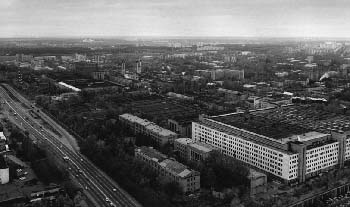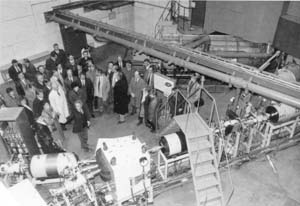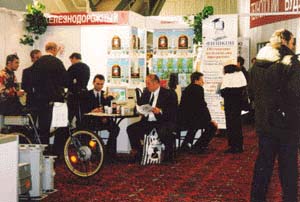|
However, until very recently national authorities paid practically
no attention to sciencevilles’ problems and offerings, for staying at power
was their primary — if not the only — concern. Finally, in 1997 the Union’s
efforts brought first fruits. Both chambers of the national parliament,
presidential administration and the federal gov-ernment finally came to
agreement about national policy for sciencevilles. On November 7, President
of the Russian Federation issued decree "On Measures for Sciencevilles
Development as Research and Technology Oriented Communities" containing
articulate statement of national strategies for sciencevilles.
First, the federal government assumes commitment to finance high-priority
research programs (though amounts of federal contracts are not too promising).
Well, there is no news so far. What is new is that the government has acknowledged
scientific communities’ right to use state-owned internal resources for
purposes of their own development. First of all, it means that from now
on sciencevilles are entitled to intellectual property that has been accumulated
there for decades; being properly utilized and marketed, know-how products
will certainly make their owners prosperous, since innovations legalizes
and encourages innovations.
|
 |

![]()




